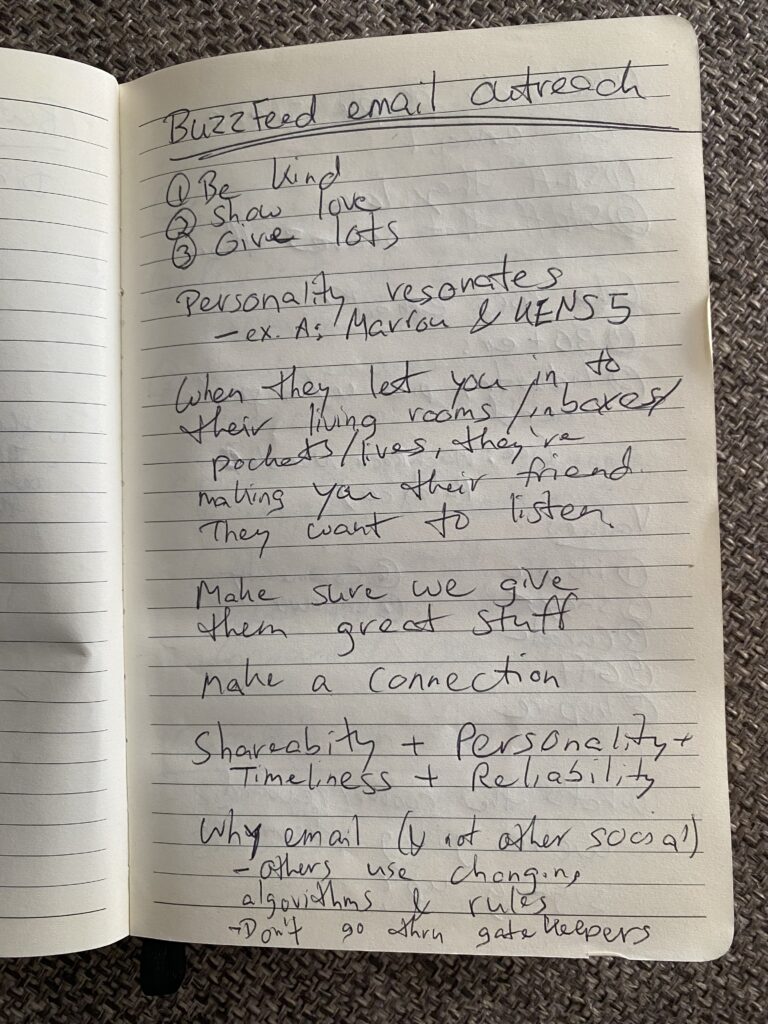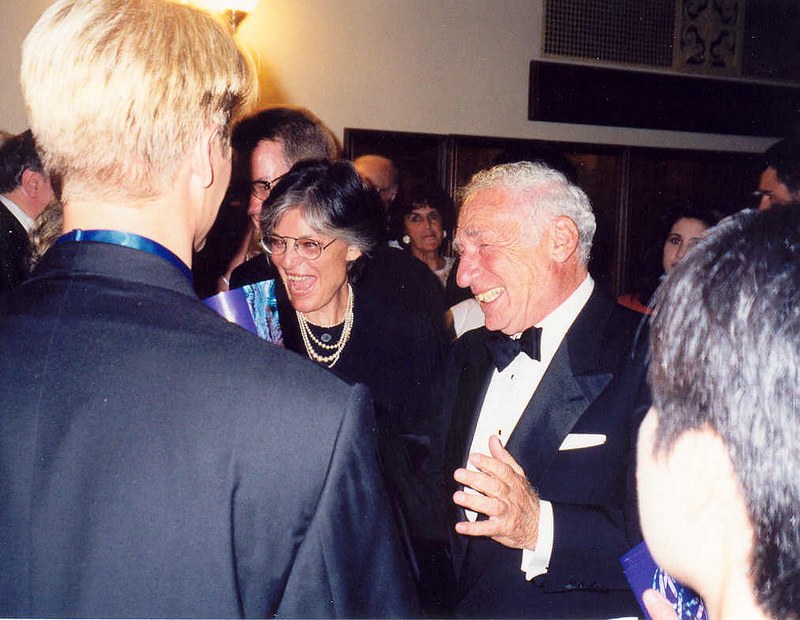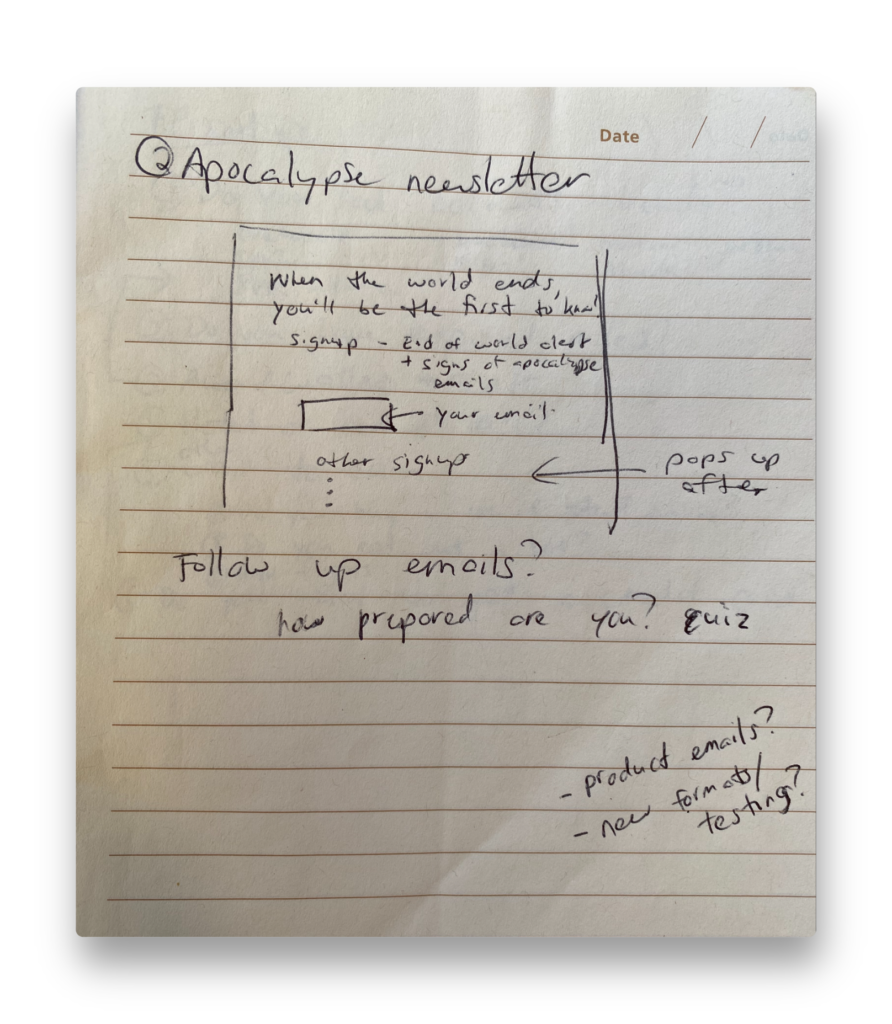
Sometime in 1999, I went to go see a sports documentary, “The Life and Times of Hank Greenberg,” in theaters with my parents. Sandy Koufax is probably the best-known Jewish baseball player of all time, but Hank Greenberg — a member of the baseball Hall of Fame who won two MVPs and hit 331 homers in his career — was one of the first Jewish sports stars.
I remember it was a packed house at the theater. Aside from going to High Holiday services, seeing a documentary about a Jewish baseball player in a theater full of Jews was probably the most Jewish thing I’d done in my life to date.
I was a 12-year-old Jewish kid who loved sports, so even though I didn’t know anything about Greenberg before that night, I loved the documentary. It was insightful and poignant and funny — before that night, I didn’t know a documentary could be funny!
There’s one moment from the film that I still remember well. In 1946, as his baseball career was winding down, Greenberg married Caral Gimbel, whose father ran Gimbels, a department store that, in its day, was a rival to Macy’s.
At that moment, a talking head appeared on screen to discuss their wedding. “For a lot of people,” he said, “marriage was a gamble.” He paused. “But for Hank, it was a Gimble!”
I’ve been to live stand-up shows and seen plenty of funny movies in theaters, but I don’t think I’ve ever heard a group of people laugh quite as loud as I heard that theater laugh that night at that joke. It’s a corny line — but for that crowd, it killed.
A few months later, my synagogue announced that they’d be doing a special screening of “The Life and Times of Hank Greenberg” for all the kids in my Hebrew school class. I remember enjoying the documentary just as much the second time around. I remember getting to the part of the film that discussed Greenberg’s marriage. I remember waiting for the joke about Gimbles, and for the big laugh.
Except the laugh never came.
It was the same joke in the same documentary. But the first time I heard it, it played to a packed theater of Jews, most of whom were huge fans of Greenberg, many whom were old enough to have seen Greenberg play personally, and all of whom, I’d bet, had shopped at Gimbles at least once in their life.
And the second time, I watched with a group of fellow 12- and 13-year-olds, who were born the year Gimbles closed, and who were only there because attendance was mandatory.
It turns out it was only a great joke to the right audience. The content matters, but the audience you’re bringing it to matters more.
———
That’s the statue of Greenberg at Detroit’s Comerica Park. Greenberg played 12 seasons for the Detroit Tigers. The photo was taken by Jeff Dunn, and is reused here thanks to a Creative Commons license.









